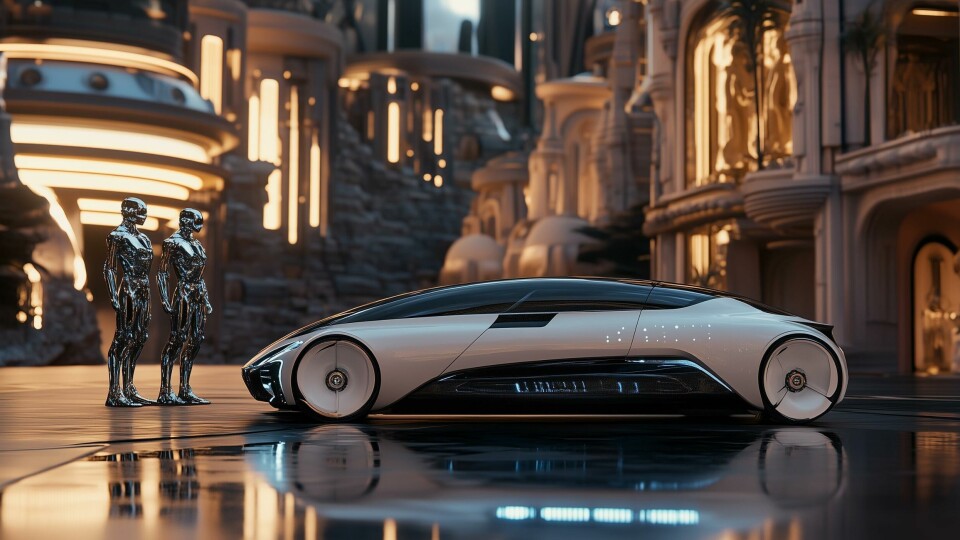
Ideation with Midjourney: an exercise in curation
Our US correspondent, Karl Smith, reports on his experiments with one of the hottest new AI tools
Our February Focus has centered on digital tools in the automotive design world. One that has generated considerable excitement is Midjourney, a text-to-image AI tool.
Midjourney became available in 2022, and soon became a favourite of gaming and fantasy illustration enthusiasts. Since then it has grown to over 20 million users, and adds about 23,000 users a day. It now boasts one of the largest AI communities – outside of ChatGPT, of course.
I have been using Midjourney for a couple of years now and have watched it evolve from an interesting, but rather awkward, image generator to a very useful ideation tool. This little report is an overview of my experiences, with observations about the tool, but is in no way a primer in the use of Midjourney.
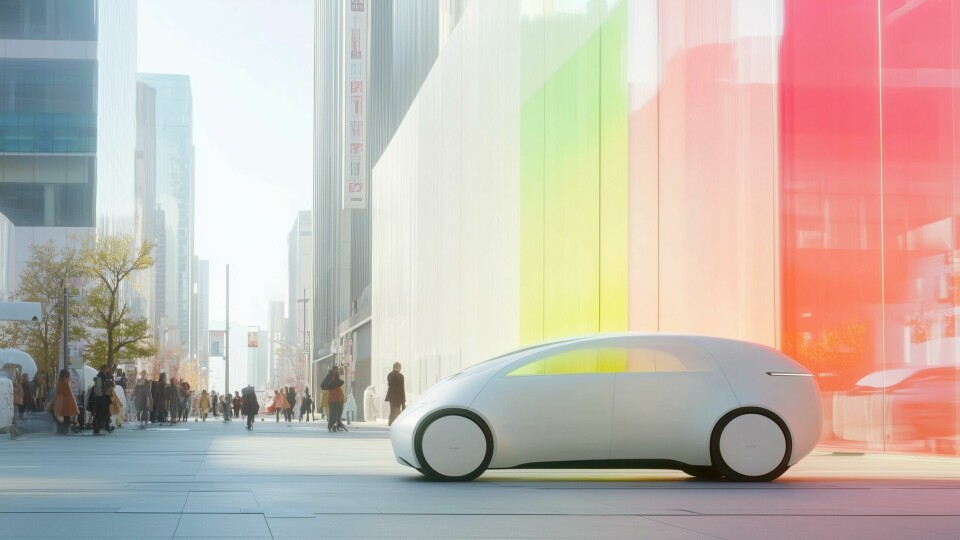
It is good to know a bit about how Midjourney works. It generates four images from a text input, called a prompt. Prompting is considered a bit of a dark art in itself. The arrangement of words can be critical to a good result. Complicating the creation of prompts are all manner of style references, personal codes and even different combinations of the above. And as a bonus, there is a selection of image modification tools to tweak the result.
Bewildered by all those choices? You are not alone.
It is like employing an artistically gifted and extremely precocious five-year old
My experiments have tried to keep things simple. I try to use prompts with minimal words wherever possible. I have seen long, complicated prompts, but these can confuse the programme, or Midjourney will simply ignore part of the prompt. It is best to start simple, analyse the results and modify from there. Yes, it’s an iterative process. Don’t expect a stellar result with the first generation of images.
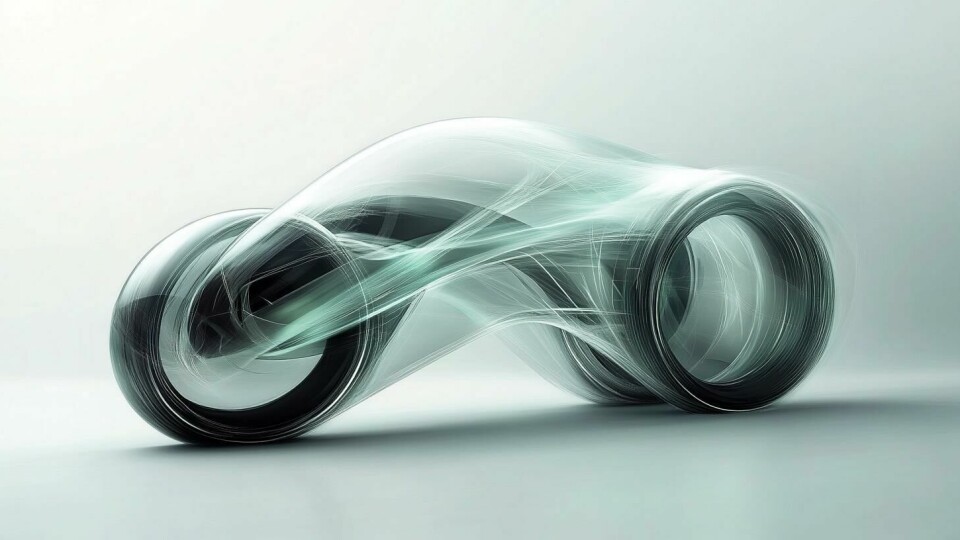
It is also critical to understand that working with Midjourney is like employing an artistically gifted and extremely precocious five-year old. She may produce beautiful renderings and fantastic works of art, but there is little experience with the real world, and so nuances and context are often lost or confused.
Witness the image below. The prompt was “Photo of a Ram Pickup Truck” What I got was an image of a Ram, a truck, and a Western backdrop. All good, in and of themselves, but what I wanted was a photo of a late-model Ram pickup truck. Midjourney can sometimes be too literal.
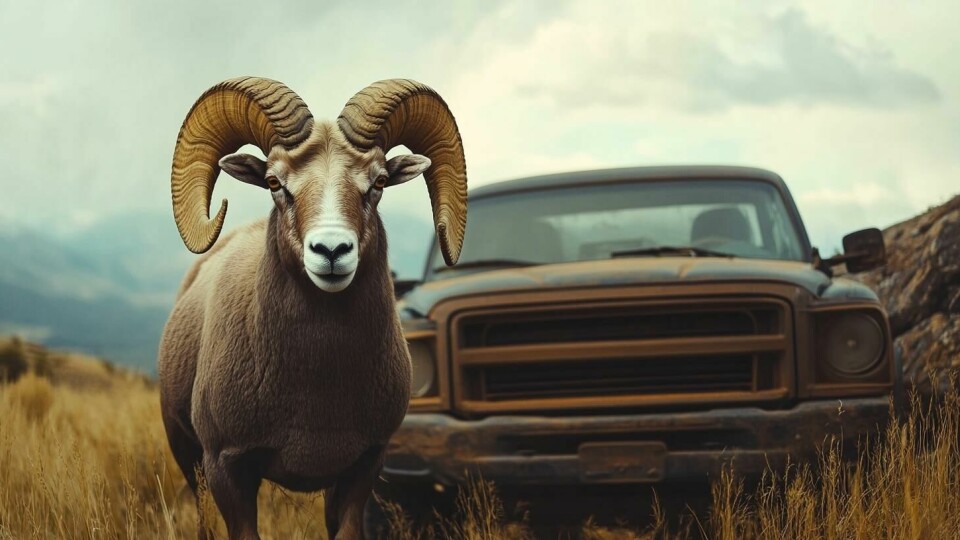
On the other hand, the lack of context can be great for lateral thinking, perfect for the ideation/brainstorming phase of design.
Plus, Midjourney can give a visual expression to more abstract concepts such as emotions, which is perfect for mood boards. Below is an example of “an abstract expression of exhilaration.” A good expression of emotion.
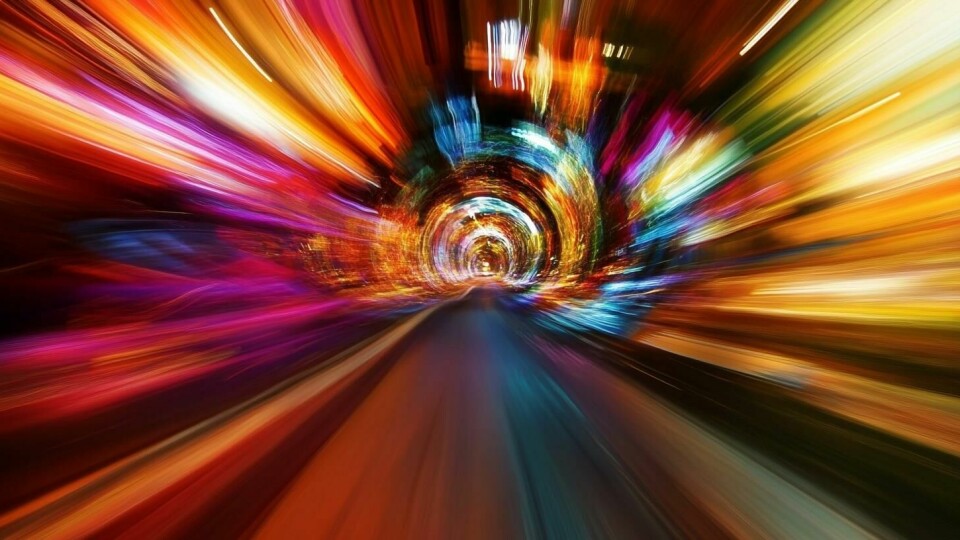
In some ways, Midjourney has turbocharged sketching. Instead of a sketchy image – which can be very evocative – Midjourney can deliver a rendering in any number of styles from photorealistic to cartoonish. You could also choose to have no background at all, or a solid colour. And you get four of them in just seconds. Tweaking the prompt could give you 20 or 30 in less than ten minutes. An hour’s work could give you too many to choose from.
A curatorial eye is your best friend in an AI-infused world
And therein lies one of the challenges of a world infused with AI: too many choices. Curation is one of the most critical strengths for a designer in our time, and in the future. Of course, it has always been important in the design and art worlds, but now more than ever.
This involves defining a problem with extreme clarity, and having a very refined sense of brand image and design language, not to mention the basics of design, learned in school: proportion, stance, massing, graphics, and so forth. A curatorial eye is your best friend in an AI-infused world where images and ideas can be produced by millions.
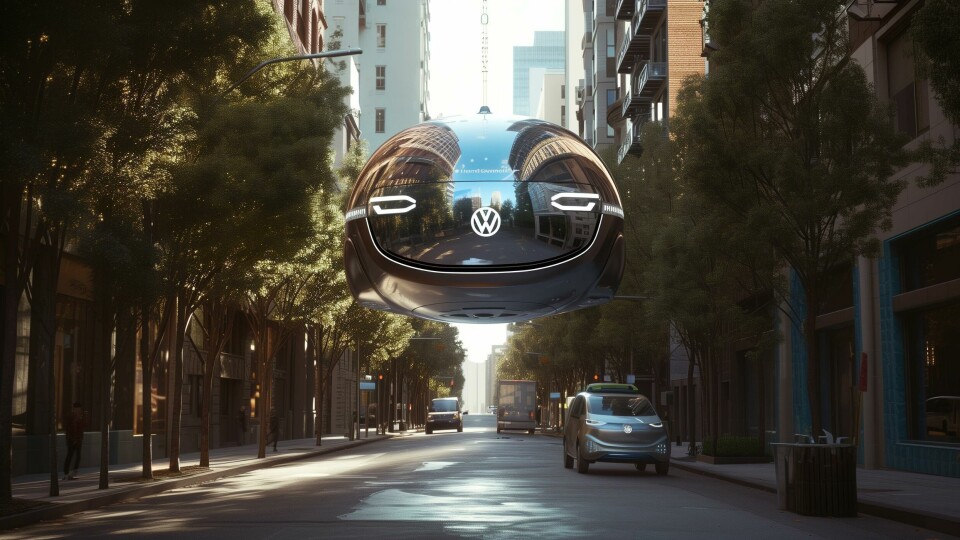
In summary? For now, at least, Midjourney seems to be an ideal imaging tool at the ideation and basic concept stage of the design process.
Its strong imaging output will usher in the Golden Age of the Moodboard (you can even create Moodboards inside the programme). And more powerful and versatile versions are coming in the next few months. In a few years, this report will seem so charmingly quaint.
At its best, Midjourney is “Syd Mead in a box”. At its worst, it is Frank Frazetta-style shield maidens wielding scimitars with seven-fingered hands. Your input and curation make all the difference. Happy ideation!



